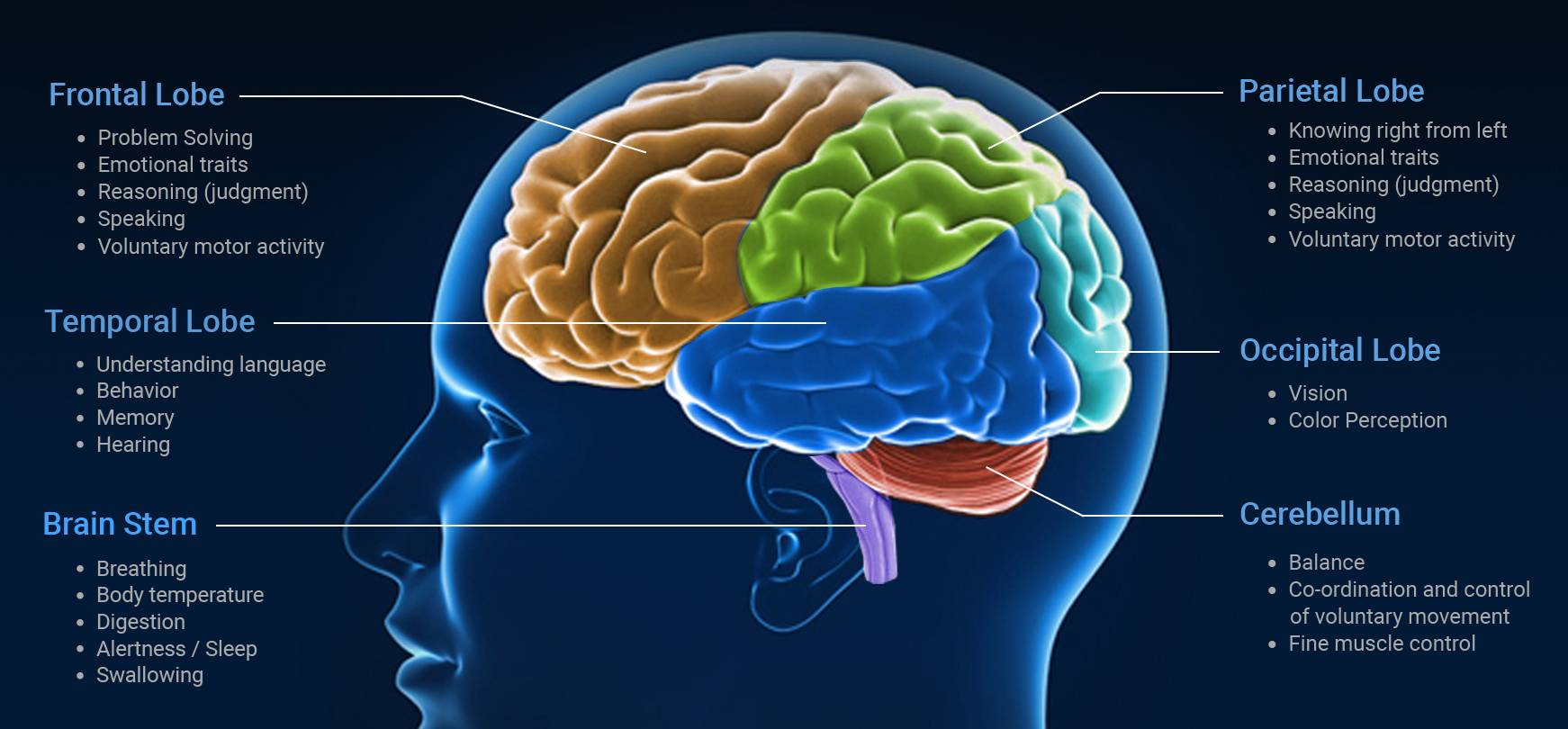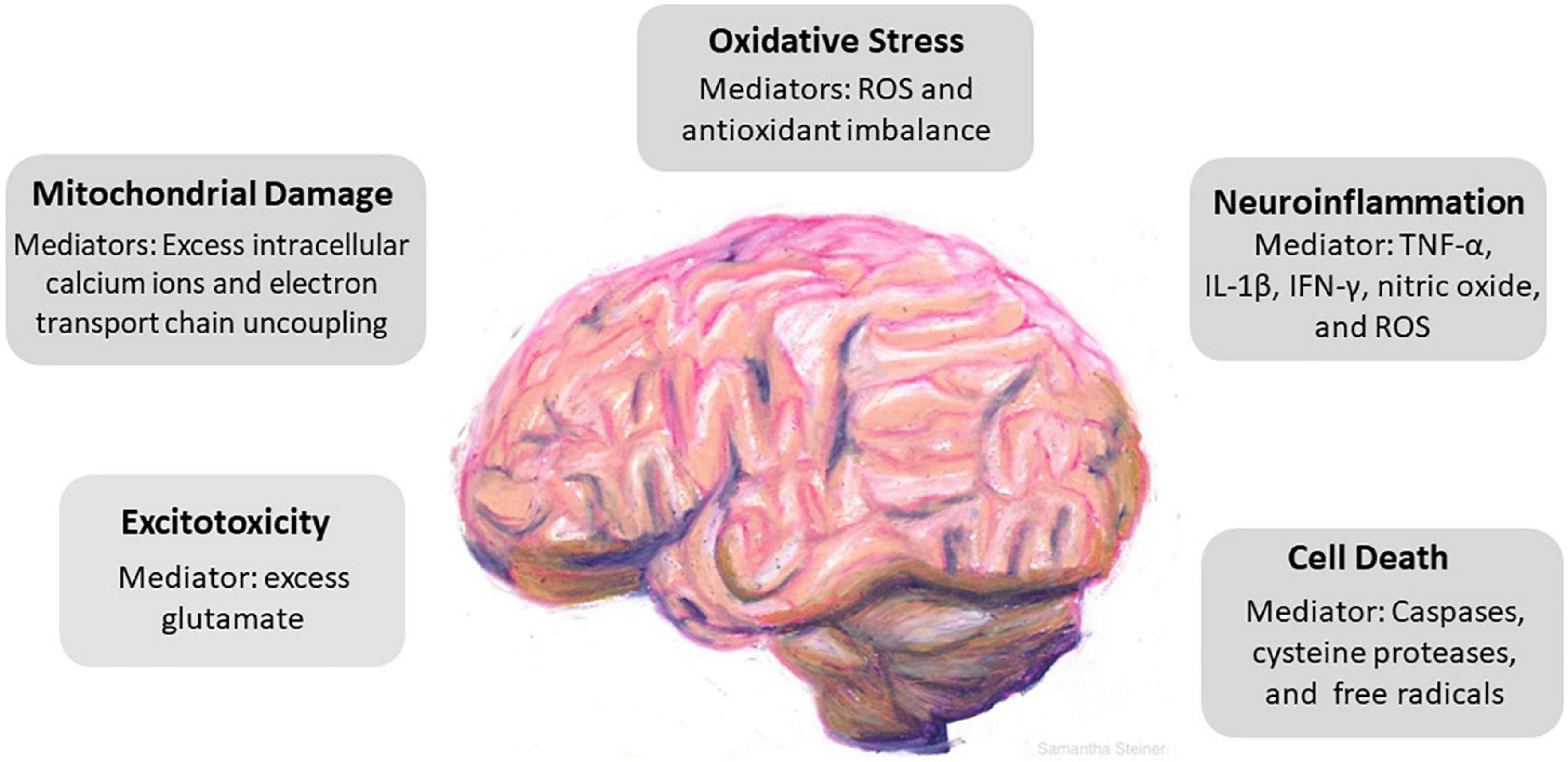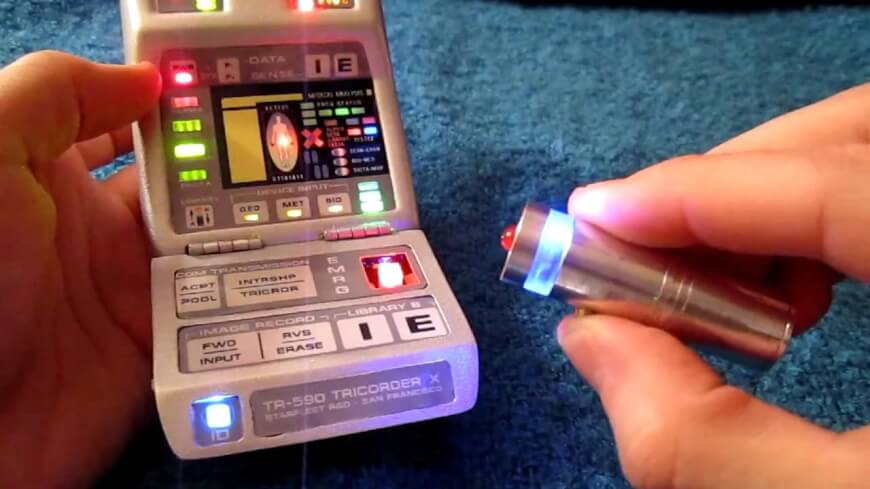Understanding, Assessing, and Advancing Care
Traumatic brain injuries (TBIs) are a significant health concern worldwide, affecting millions of people each year. Whether caused by accidents, falls, sports injuries, or violent incidents, traumatic brain injuries can have long-lasting effects on a person’s cognitive, emotional, and physical well-being. The field of traumatic brain diagnostics has become increasingly critical in providing accurate assessments, timely interventions, and better management of TBI cases. This article delves into the various aspects of traumatic brain diagnostics, exploring current methods, emerging technologies, and future trends.
What is Traumatic Brain Injury?

A traumatic brain injury (TBI) is a disruption in normal brain function caused by an external force, such as a blow, bump, or jolt to the head. TBIs range in severity from mild (concussions) to severe cases that can result in prolonged unconsciousness, amnesia, or even death. Understanding the spectrum of TBI is essential for effective diagnostics and treatment.
The Importance of Accurate Traumatic Brain Diagnostics
Early and accurate traumatic brain diagnostics are crucial in determining the severity of a TBI and guiding appropriate treatment plans. Misdiagnosis or delayed diagnosis can lead to inadequate care, prolonged recovery periods, or even permanent brain damage. Proper diagnostics help clinicians to:
Assess the extent of brain damage.
Determine the specific areas of the brain that are affected.
Develop a targeted treatment plan.
Monitor recovery and adjust interventions as needed.
Common Methods in Traumatic Brain Diagnostics
Neurological Examination: The initial step in assessing a potential TBI involves a comprehensive neurological examination. This includes evaluating the patient’s cognitive function, reflexes, motor skills, and sensory responses.

Imaging Techniques: Imaging techniques are a cornerstone of traumatic brain diagnostics. The most commonly used imaging methods include:
Computed Tomography (CT) Scan: Often the first imaging test performed, a CT scan provides detailed images of the brain and can quickly detect bleeding, bruising, or swelling.
Magnetic Resonance Imaging (MRI): MRI offers a more detailed view of the brain’s structure and is particularly useful in detecting diffuse axonal injuries and subtle brain abnormalities that a CT scan may miss.
Electroencephalogram (EEG): An EEG measures electrical activity in the brain and is useful in diagnosing seizures or other brain dysfunctions following a TBI.
Cognitive and Neuropsychological Assessments
These assessments help in evaluating memory, attention, language, and problem-solving abilities, which can be affected by a TBI. They are crucial for understanding the extent of cognitive impairment and for planning rehabilitation.

Emerging Technologies in Traumatic Brain Diagnostics
The field of traumatic brain diagnostics is rapidly evolving, with new technologies offering more precise and less invasive methods of assessment. Some of the cutting-edge technologies include:
Biomarker Testing: Researchers are exploring the use of blood tests to detect biomarkers that indicate brain injury. Biomarker testing could provide a faster and more accurate diagnosis of TBI, especially in cases where imaging is inconclusive.
Advanced Imaging Techniques

New imaging methods like Diffusion Tensor Imaging (DTI) and Functional MRI (fMRI) are being developed to provide more detailed insights into brain function and structure. These techniques can detect microstructural damage that conventional imaging methods may miss.
Artificial Intelligence (AI) and Machine Learning: AI is being increasingly used to analyze imaging data, predict outcomes, and personalize treatment plans. Machine learning algorithms can identify patterns in data that may be overlooked by human analysis, enhancing diagnostic accuracy.
Portable Diagnostic Devices
The development of portable devices, such as handheld MRI scanners and smartphone-based EEGs, is making it easier to diagnose TBIs in field settings, sports environments, and remote areas.

Challenges and Future Directions in Traumatic Brain Diagnostics
While advancements in traumatic brain diagnostics are promising, several challenges remain:
Accessibility and Cost: Advanced imaging techniques and diagnostic tools are often expensive and not readily available in all healthcare settings, particularly in low-resource areas.
Standardization of Diagnostic Criteria
There is a need for standardized guidelines and protocols for diagnosing TBIs to ensure consistency and accuracy across different healthcare systems.
![PDF] International standardization of diagnostic criteria for microvascular angina. | Semantic Scholar](https://d3i71xaburhd42.cloudfront.net/562a06d0a9d6b65ae9426dc60b7e298810ef10be/2-Table2-1.png)
Integration of Multimodal Data: Combining data from various diagnostic modalities (imaging, biomarkers, cognitive assessments) into a unified framework can enhance diagnostic precision but requires sophisticated data integration techniques.
Conclusion
As research and technology continue to advance, the field of traumatic brain diagnostics is poised to transform the way we understand, assess, and treat traumatic brain injuries. From traditional imaging methods to emerging AI-driven tools, the goal is to improve diagnostic accuracy, enhance patient outcomes, and reduce the long-term impact of TBIs on individuals and society. Early diagnosis and personalized care remain the cornerstone of effective TBI management, making advancements in diagnostics a crucial area of focus in neurology and emergency medicine.